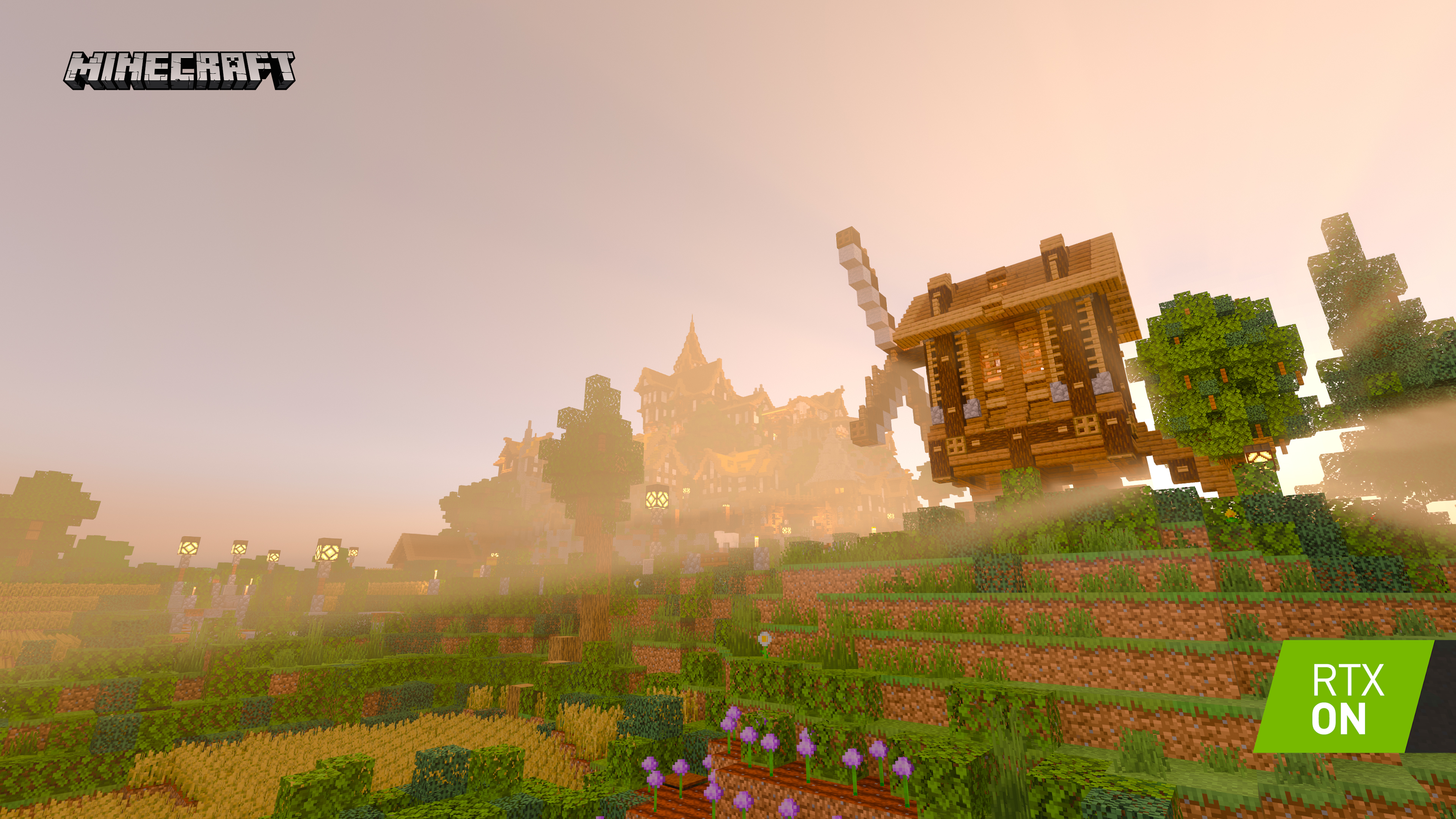
Minecraft and NVIDIA are also releasing two new worlds for free: Colosseum RTX is already available, while Dungeon Dash RTX is coming soon. That is all the contents of Minecraft Java edition vs Windows 10. Therefore, if you don’t want to modify the game further, using the Windows 10 edition is a better idea. This is more like a Java issue than a Minecraft issue. You can download worlds you can enjoy with ray tracing on from the Marketplace or create your own with help from NVIDIA’s starter pack, if you need it. The Java edition of Minecraft is more resource intensive than the Windows 10 edition. More advanced GPU models (RTX 30) can run the game at 4K at over 60FPS. In its announcement, NVIDIA says ray tracing makes greater demands on your GPU, so it uses its DLSS AI rendering technology to ensure Minecraft with RTX can keep running by at least 60 FPS at 1920x1080. Other players who don’t have access to the feature will simply see those worlds in the game’s standard visuals. The improvements it brings will only be visible in worlds and maps that use a special physically based rendering texture pack, but you don’t need to do anything to enable it - it’s already switched on by default. To be able to experience what ray tracing adds to the game, you’ll need to run it on a PC with one of NVIDIA’s GPUs that’s capable of ray tracing.

Yes, the game is still as blocky as ever, but the in-game sunlight looks so real, for instance, and shadows and reflections could make you feel as if you’re inside the virtual world.

As we said in our hands-on post earlier this year, the realistic lighting, reflections and shadows the feature brings make Minecraft feel more immersive. The addition of ray tracing support for NVIDIA's RTX graphics cards transforms the sandbox game’s aesthetics into one that’s, well, shinier. Minecraft’s ray tracing feature for Windows 10 has made its way out of beta eight months after the feature first became available for testers.


 0 kommentar(er)
0 kommentar(er)
